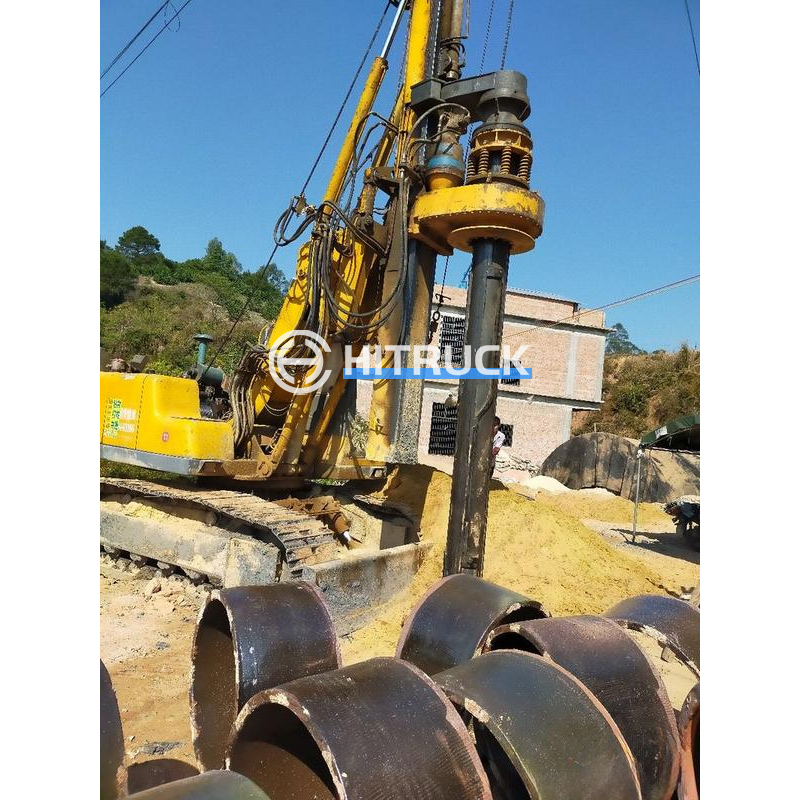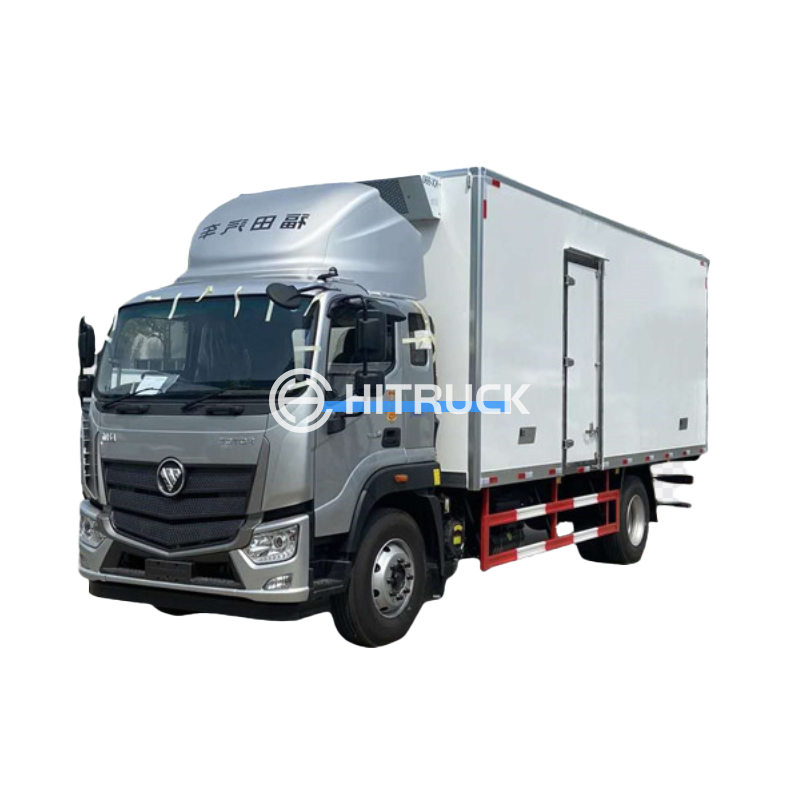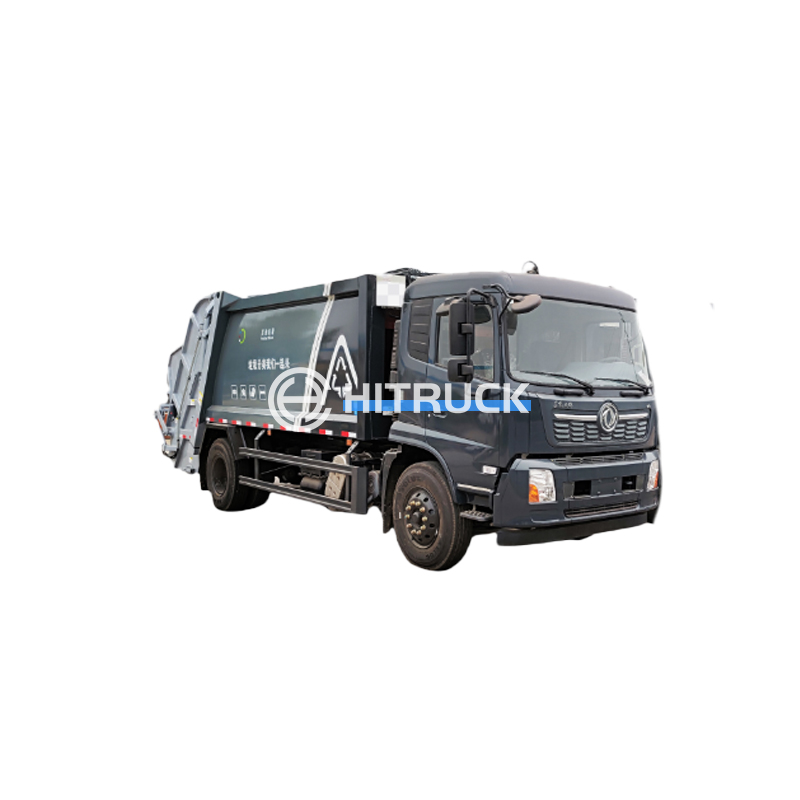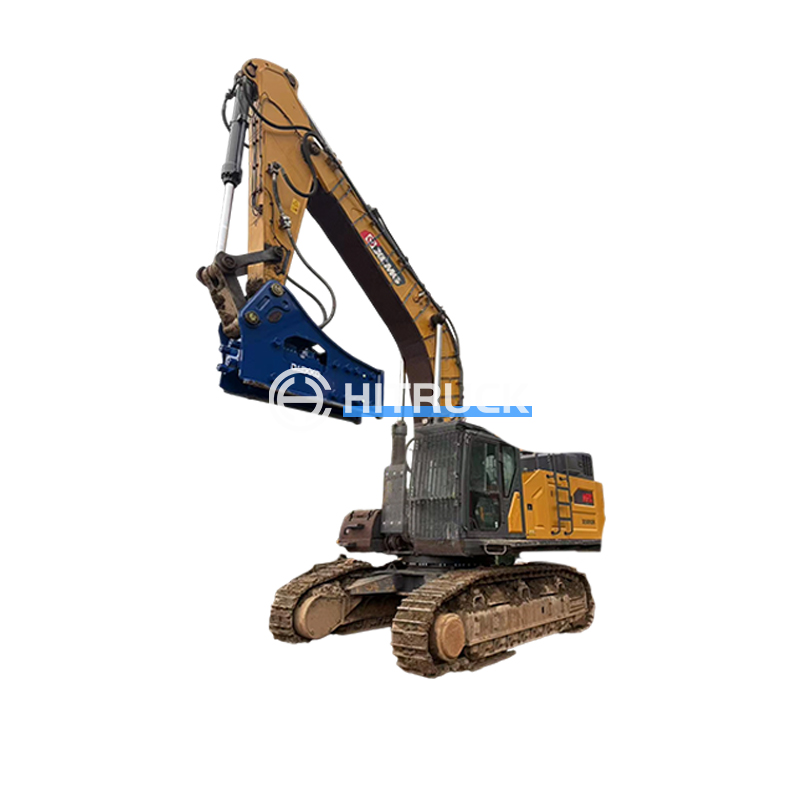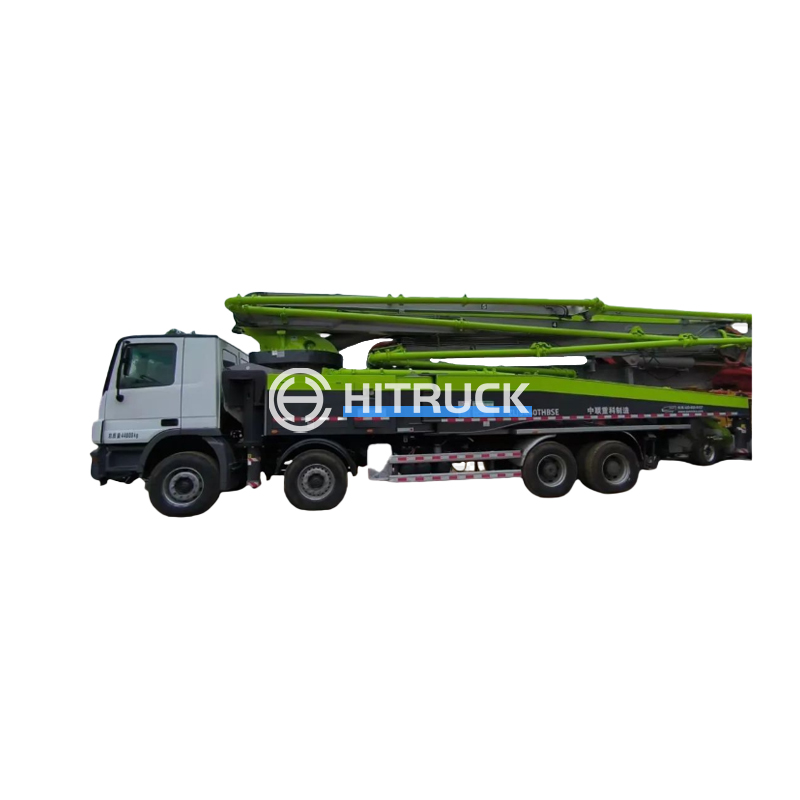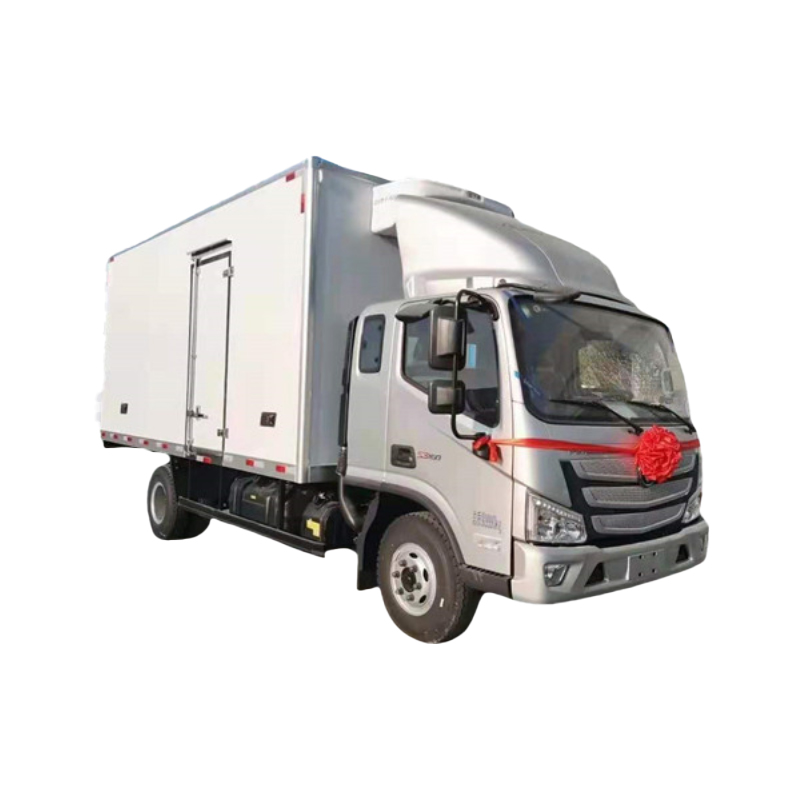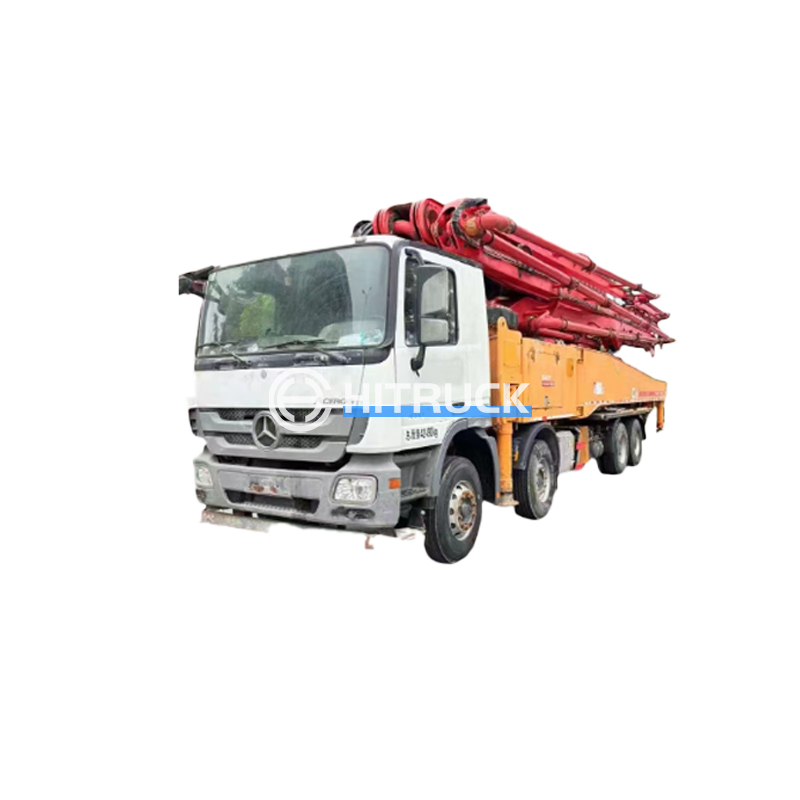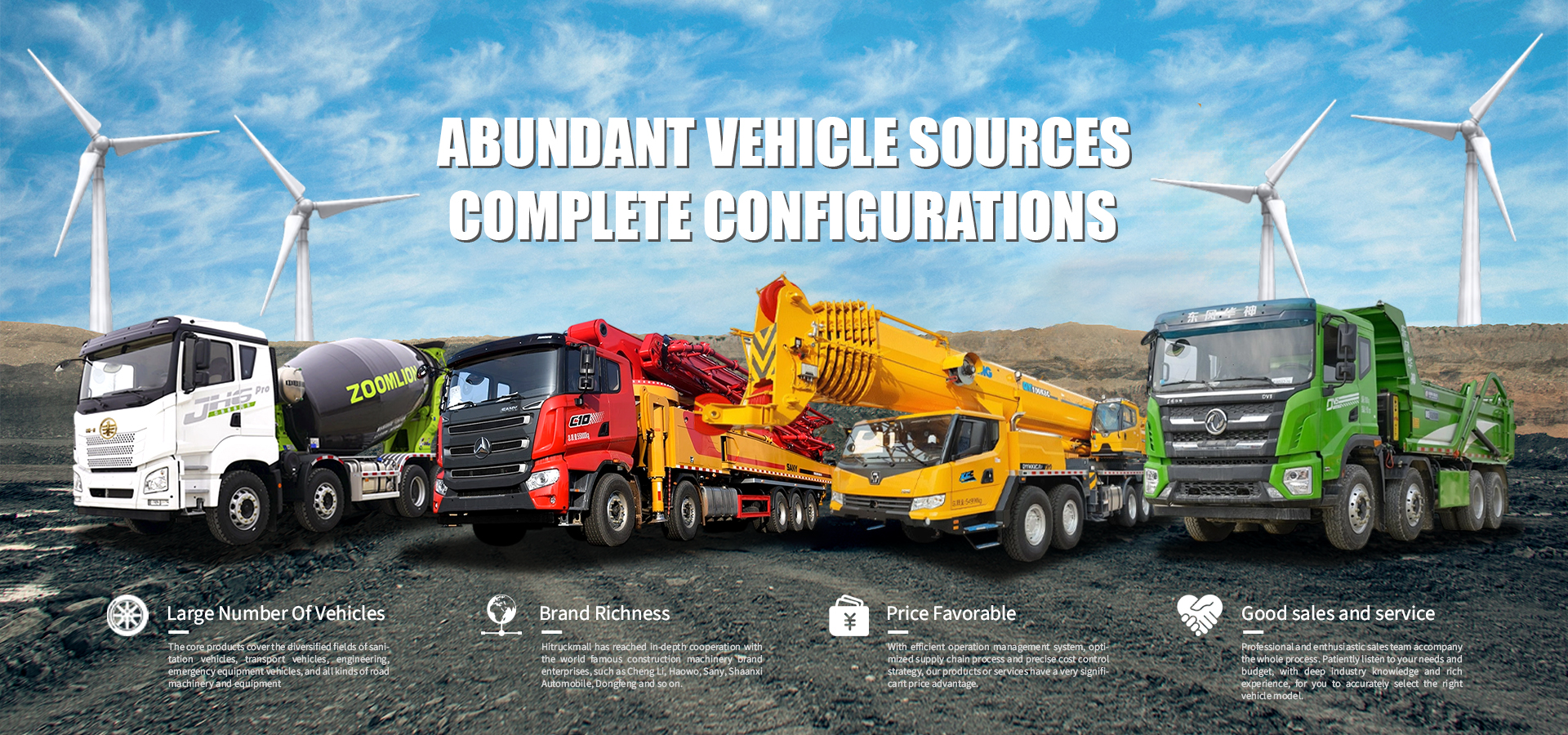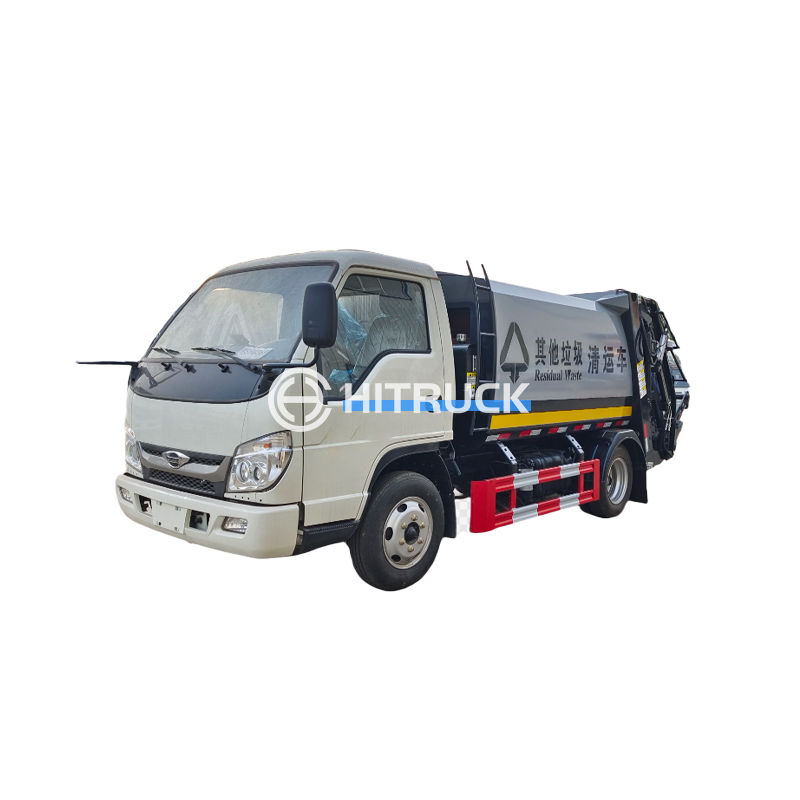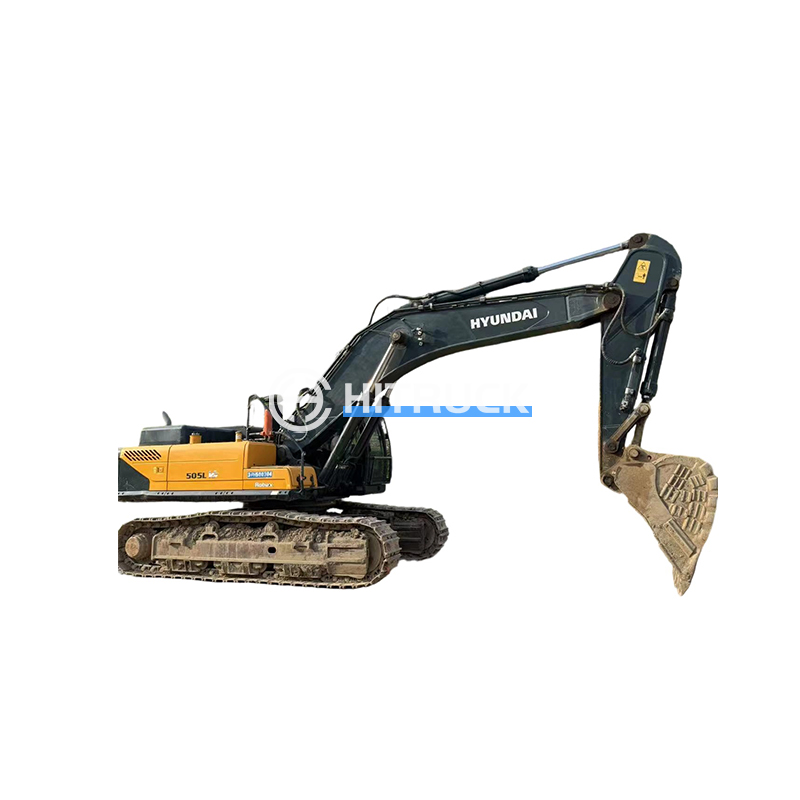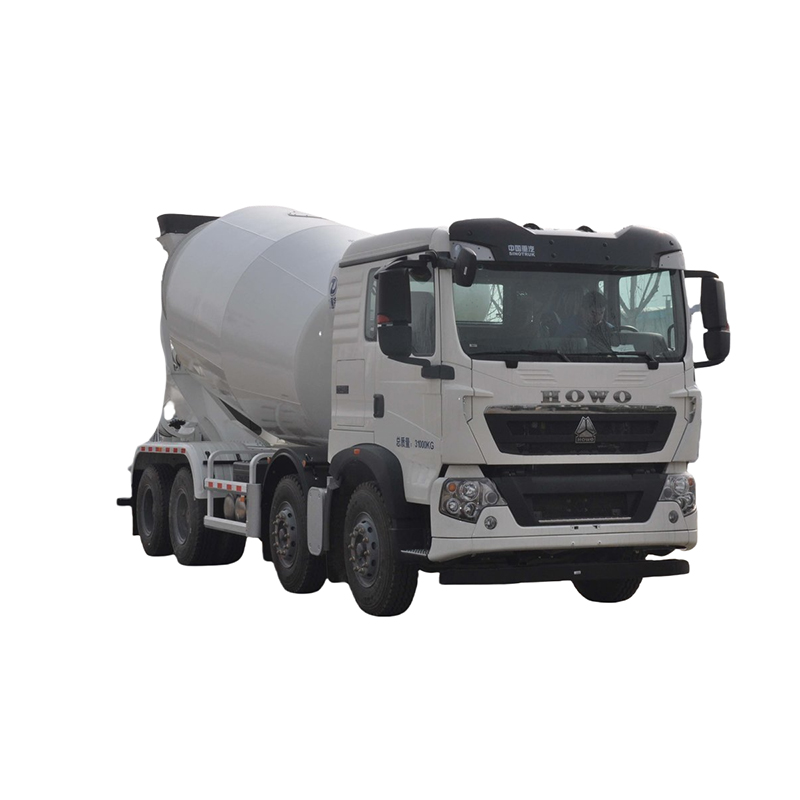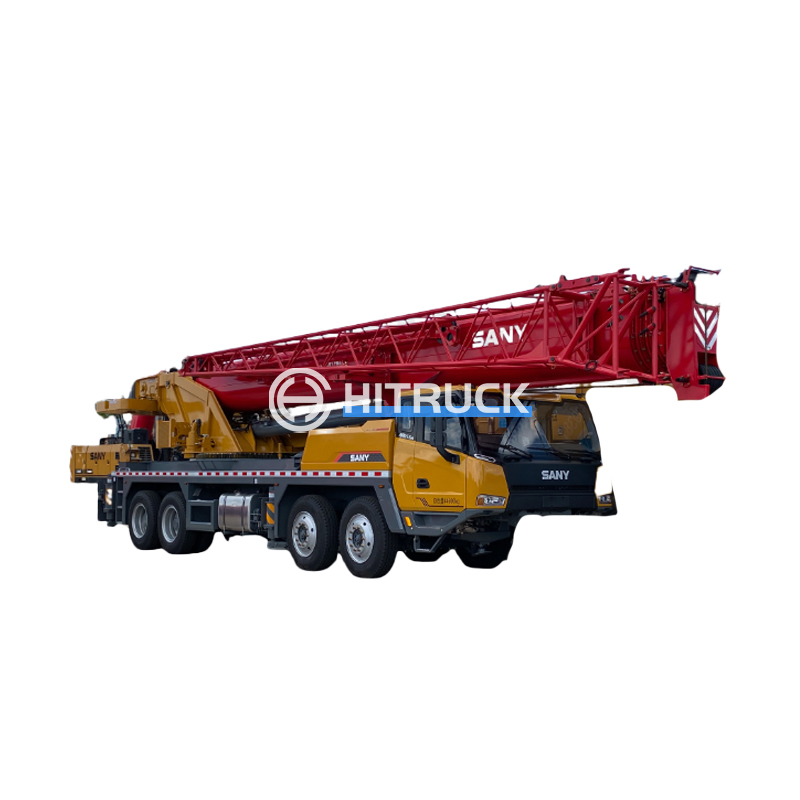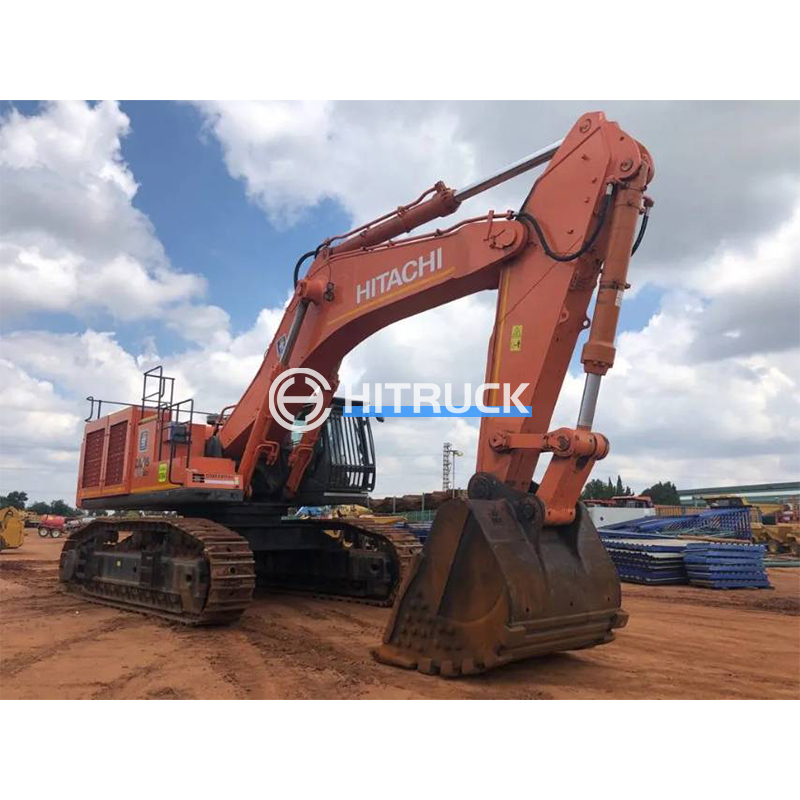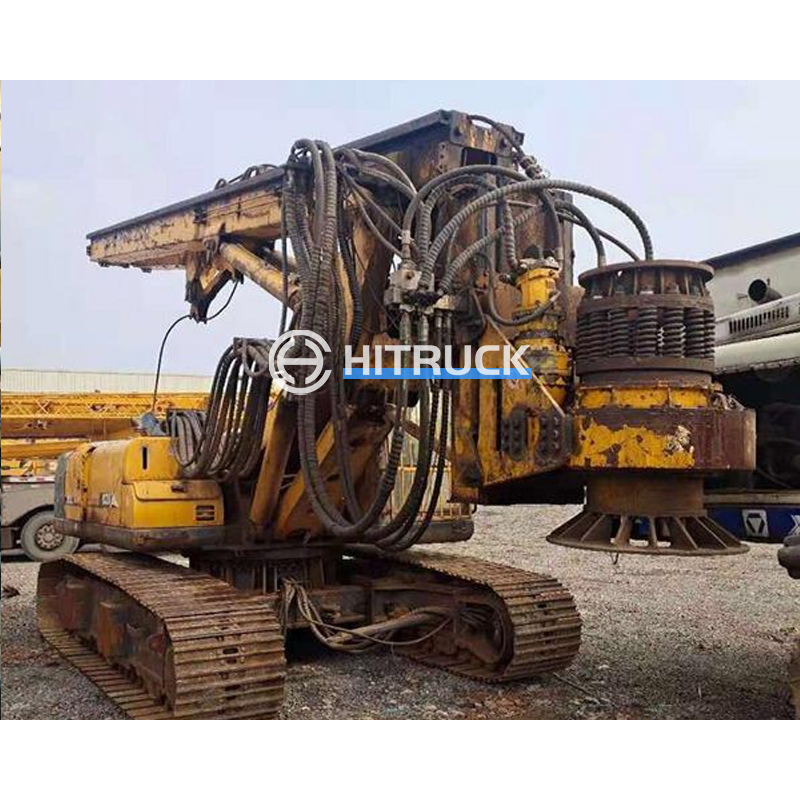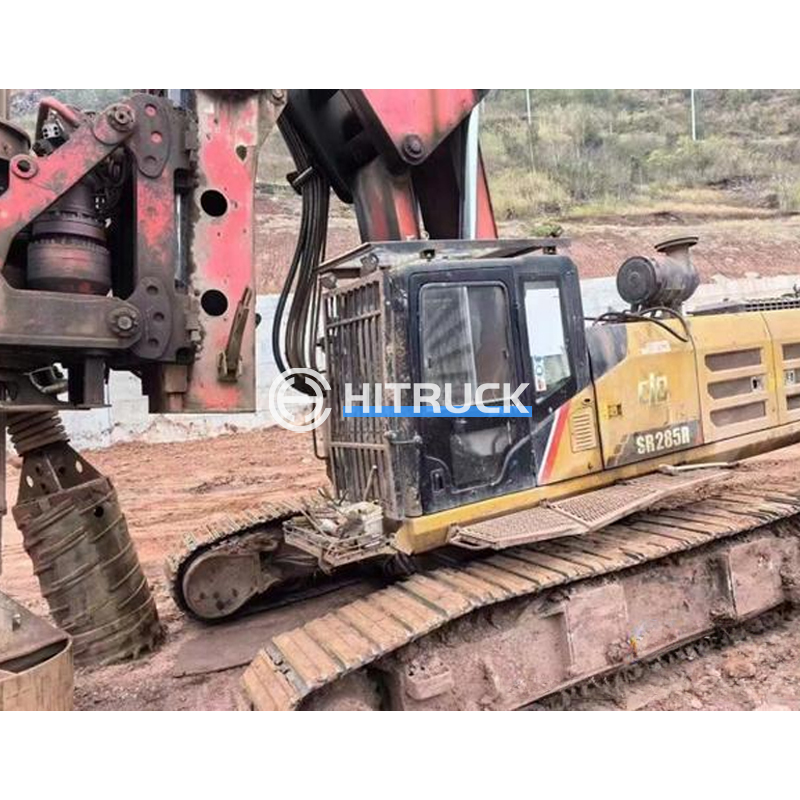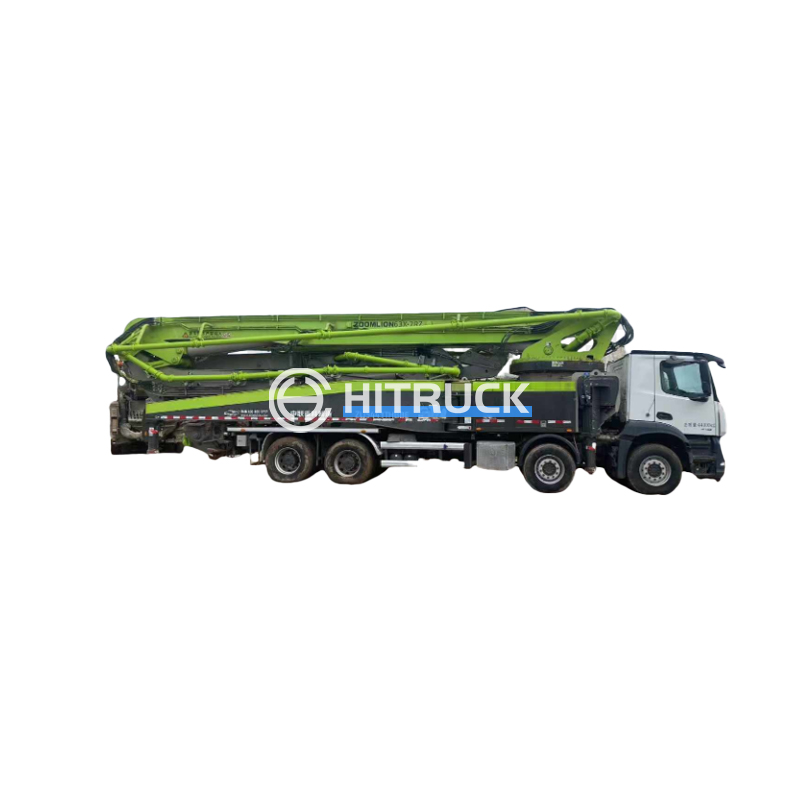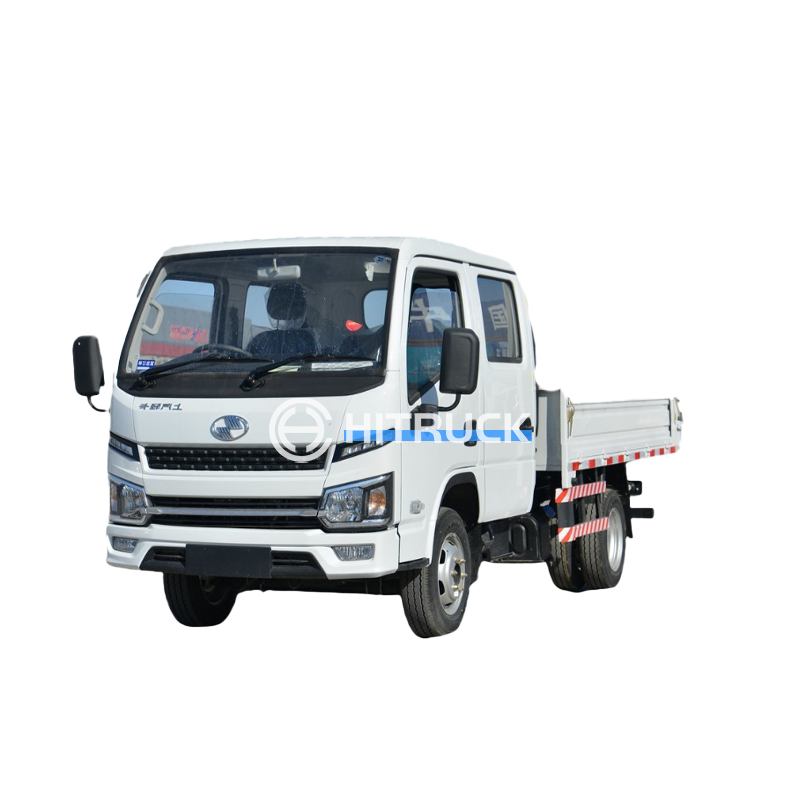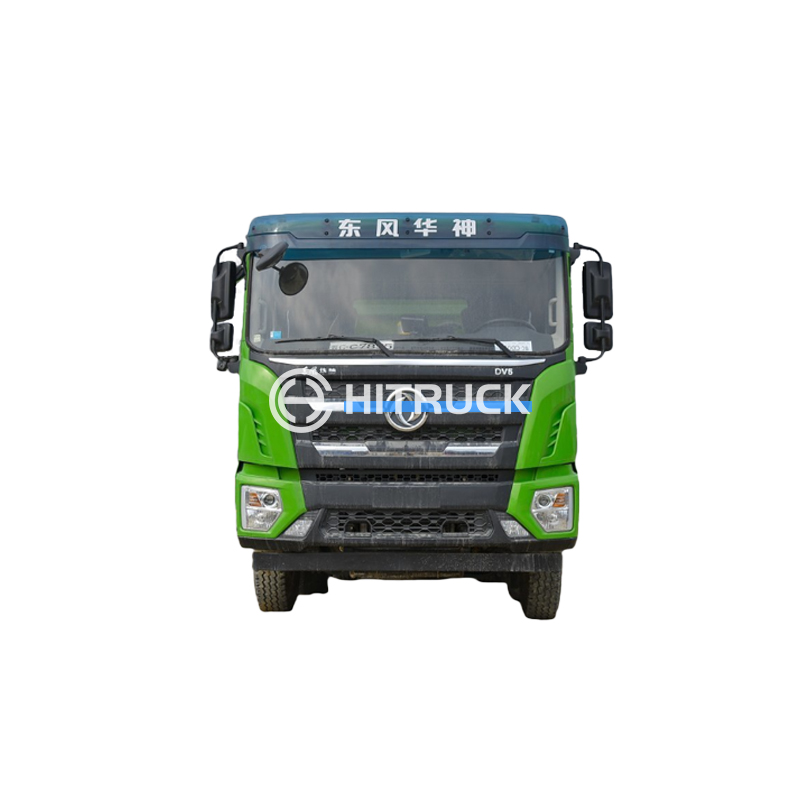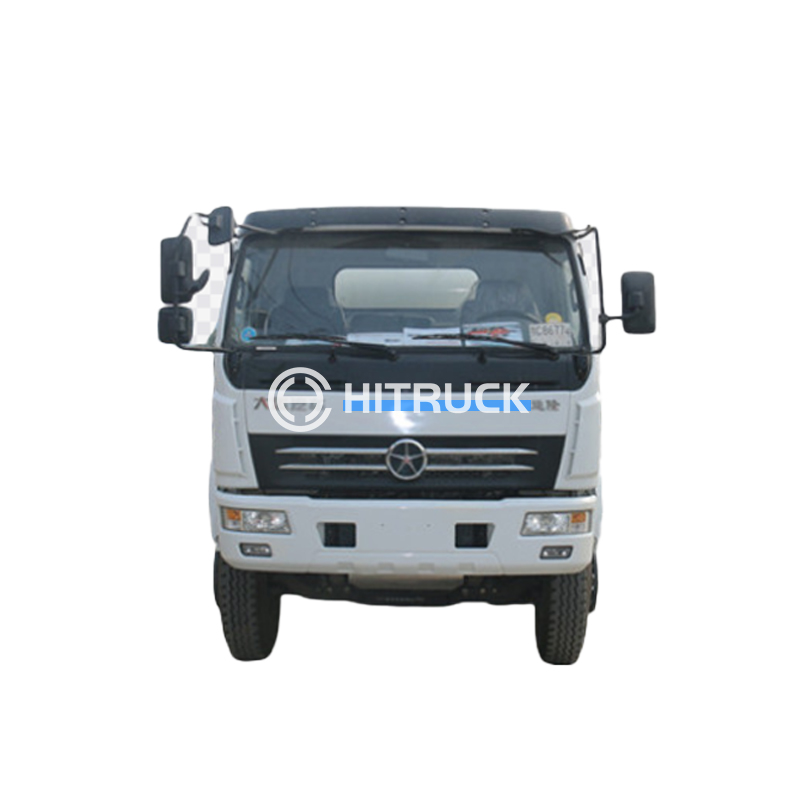Electric Sightseeing Cars: Navigating the Future of Tourism
Electric sightseeing cars are revolutionizing how tourists experience attractions, merging sustainability with convenience. This shift isn't just about going green; it’s about enhancing the overall tourist experience in an eco-friendly way. Here’s a deep dive into the intricacies of this industry.
Understanding the Shift
When we talk about electric sightseeing cars, it’s easy to get caught up in the green hype. While the environmental benefits are undeniable, there’s a lot more at play. These vehicles offer silent operation, reducing noise pollution in serene tourist spots, which is often an underrated advantage.
But let’s not ignore the challenges. Battery life can be a concern. Operators often have to plan charging stations and schedules meticulously to avoid disruptions. From my experience, one failed tour due to a drained battery can lead to significant dissatisfaction from tourists.
Incorporating these vehicles requires an upfront investment. However, the lower maintenance costs and fuel savings make them viable in the long run. The key is understanding the local infrastructure to effectively integrate these cars into operations.
The Visitor Experience
From a tourist’s perspective, riding an electric sightseeing car is an experience in itself. The silent glide through scenic routes allows for a more immersive connection with the surroundings. It’s a change that many operators, including those at Hitruckmall, are actively exploring.
But let’s be real: not every location is suited for these vehicles. Urban areas with heavy traffic might pose challenges, not so much in terms of navigation but in terms of losing that serene experience.
Suizhou Haicang Automobile Trade Technology Limited, through their platform Hitruckmall, exemplifies the blend of cutting-edge technology and practicality. Their approach — customizing solutions based on specific market needs — is crucial in this sector.
The Tech Behind the Innovation
Electric vehicles rely on sophisticated technology. Battery management systems, regenerative braking, and efficient motors are just some of the components that make them tick. For a company like Suizhou Haicang, staying at the forefront of these advancements is essential.
Interconnecting vehicles and offering data-driven insights about vehicle usage can optimize routes and improve efficiency. This level of technological integration, as seen on platforms like Hitruckmall, streamlines operations and enhances customer satisfaction.
It's in this technological backbone that many operators can significantly cut down on operational hurdles.
Market Impacts and Opportunities
The global push for sustainable tourism has opened new markets for electric sightseeing vehicles. Areas previously inaccessible due to environmental concerns can now welcome tourists using cleaner modes of transport. This is an area ripe for exploration.
Hitruckmall’s model, which emphasizes cost-effectiveness and reliability, is particularly appealing to regions where tourism forms a large part of the economy. The potential for reducing carbon footprints while boosting tourist numbers is enticing.
Yet, the market is diverse. What works in one region might not necessarily translate globally. Tailored solutions are paramount, and platforms like Hitruckmall can leverage their extensive network to meet these varied needs.
Rethinking Traditional Models
The transition to electric sightseeing cars means more than just adopting new vehicles. It calls for a rethink of traditional business models. Operators need to consider how these vehicles fit into existing frameworks and what changes are necessary for optimal integration.
For a company operating on the scale of Suizhou Haicang, this reevaluation is a continuous process. The ability to pivot and adapt based on real-time feedback and evolving demands is a significant aspect of long-term success in this industry.
The future is undeniably electric, and companies that can navigate this transition effectively are bound to lead the way.


